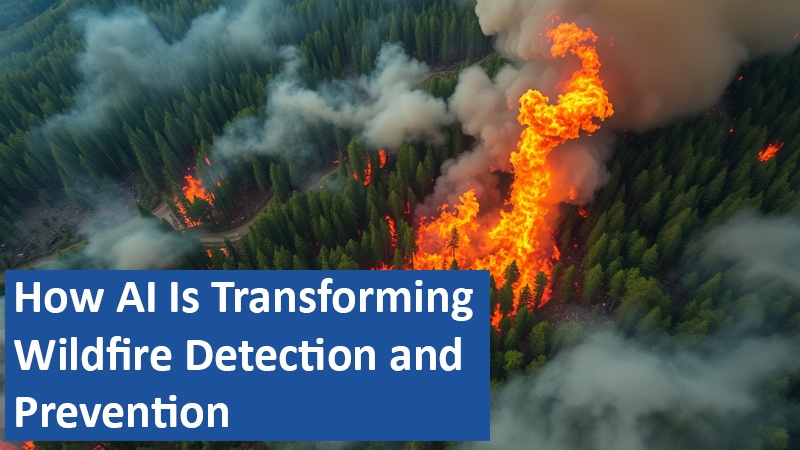
As climate change intensifies, wildfires have become more frequent and devastating. Rising temperatures, prolonged droughts, and high winds have fueled destructive blazes across California and beyond. Now, scientists are increasingly turning to artificial intelligence (AI) to detect wildfires earlier and predict their spread more accurately.
Limited-time Amazon deals – don’t miss out!
AI-Powered Models for Wildfire Forecasting
Researchers are using machine learning to analyze vast amounts of data and improve wildfire predictions. One such expert, Assad Oberai of the University of Southern California, has developed an AI model that uses NASA satellite images to pinpoint wildfire origins and predict their spread with 85% accuracy.
Oberai’s system successfully traced the devastating Eaton Fire in California back to a suspected power line failure. His goal is to refine the model so that fire departments can receive earlier warnings and deploy resources more efficiently.
High-Resolution AI Cameras for Real-Time Monitoring
Since 2023, California has relied on the ALERTCalifornia system, a network of over 1,140 AI-powered cameras that detect and monitor wildfires in real time. Originally designed for geological monitoring, these cameras now use advanced image recognition to spot smoke and flames before they escalate.
The cameras can rotate, tilt, and zoom, scanning up to 60 miles across the landscape. Equipped with infrared night vision, they operate 24/7. When a fire is detected, the system alerts emergency responders, allowing them to act quickly.
Combining Satellites, Drones, and Sensors
Beyond cameras, AI-driven satellites, drones, and field sensors are increasingly used to monitor wildfires from the air. Companies like Pano AI integrate this data with AI algorithms to detect temperature fluctuations and smoke plumes early.
In July 2024, Pano AI identified a lightning-caused wildfire in Colorado before it could spread. Thanks to an early warning, firefighters were able to reach the site quickly and contain the blaze before it caused widespread damage.
The Double-Edged Sword of AI in Climate Change
While AI is a powerful tool for wildfire prevention, it also presents challenges. The massive data centers that power AI systems consume enormous amounts of energy, often sourced from fossil fuels. Critics argue that AI should be powered by renewable energy to minimize its environmental footprint.
Experts also warn against over-reliance on technology. Traditional wildfire management strategies, such as controlled burns, improved land use planning, and climate mitigation efforts, remain essential in reducing long-term fire risks.
Could AI revolutionize wildfire response, or does it raise new challenges? How can technology be balanced with sustainable wildfire management? Share your thoughts in the comments!
Based on content from www.smithsonianmag.com and own research.